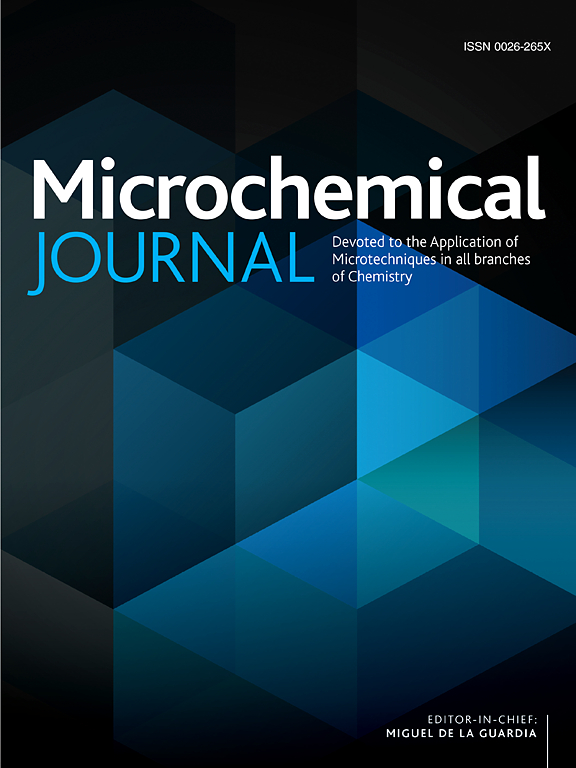Fluorescence polarization assays: Another mainstream in detection of biohazards
IF 4.9
2区 化学
Q1 CHEMISTRY, ANALYTICAL
引用次数: 0
Abstract
Infectious pathogens such as virus and drug-resistant bacteria are widespread, incurring high incidence, mortality rates, and significant socioeconomic burdens. Standard diagnostic methods such as bacterial culture, nucleic acid testing (NAT), and immunoassays have been used for containment. These methods, however, face technical challenges. Procedures are complicated, time/labor-intensive, and depend on bulky, expensive instruments. NAT systems based on quantitative polymerase chain reaction (qPCR) and clustered regular interspaced short palindromic repeats (CRISPR)/CRISPR-associated protein (Cas) use fluorescence readouts, relying on costly fluorophore (F)-quencher (Q) reporter probes. In addition, the fluorescence readout is susceptible to external noises, affecting the sensitivity and reliability of the analysis.
Attributed to an underlying principle in signal readout, a fluorescence polarization (FP) system outperforms the fluorescent ones. It interrogates the polarization of emitted light from Fs upon excitation with linearly polarized light. Fs’ rotational behaviors that mainly rely on their molecular weights govern the degree of polarization of emitted light, resulting in corresponding FP signal change. Thus, FP system works with a simpler, cost-effective Q-free reporter probe. In addition, it provides robust signals with ratiometric nature of the readout.
This review discusses diagnostic systems for biohazards that leverage FP readout and novel molecular/immuno-assays. We will explore the assay designs, principles, and practical features of these systems, while addressing current challenges. A critical discussion will suggest future directions for further advancements, aiming to make FP-based diagnostic systems a standard tool for clinical care.

求助全文
约1分钟内获得全文
求助全文
来源期刊

Microchemical Journal
化学-分析化学
CiteScore
8.70
自引率
8.30%
发文量
1131
审稿时长
1.9 months
期刊介绍:
The Microchemical Journal is a peer reviewed journal devoted to all aspects and phases of analytical chemistry and chemical analysis. The Microchemical Journal publishes articles which are at the forefront of modern analytical chemistry and cover innovations in the techniques to the finest possible limits. This includes fundamental aspects, instrumentation, new developments, innovative and novel methods and applications including environmental and clinical field.
Traditional classical analytical methods such as spectrophotometry and titrimetry as well as established instrumentation methods such as flame and graphite furnace atomic absorption spectrometry, gas chromatography, and modified glassy or carbon electrode electrochemical methods will be considered, provided they show significant improvements and novelty compared to the established methods.
 求助内容:
求助内容: 应助结果提醒方式:
应助结果提醒方式:


